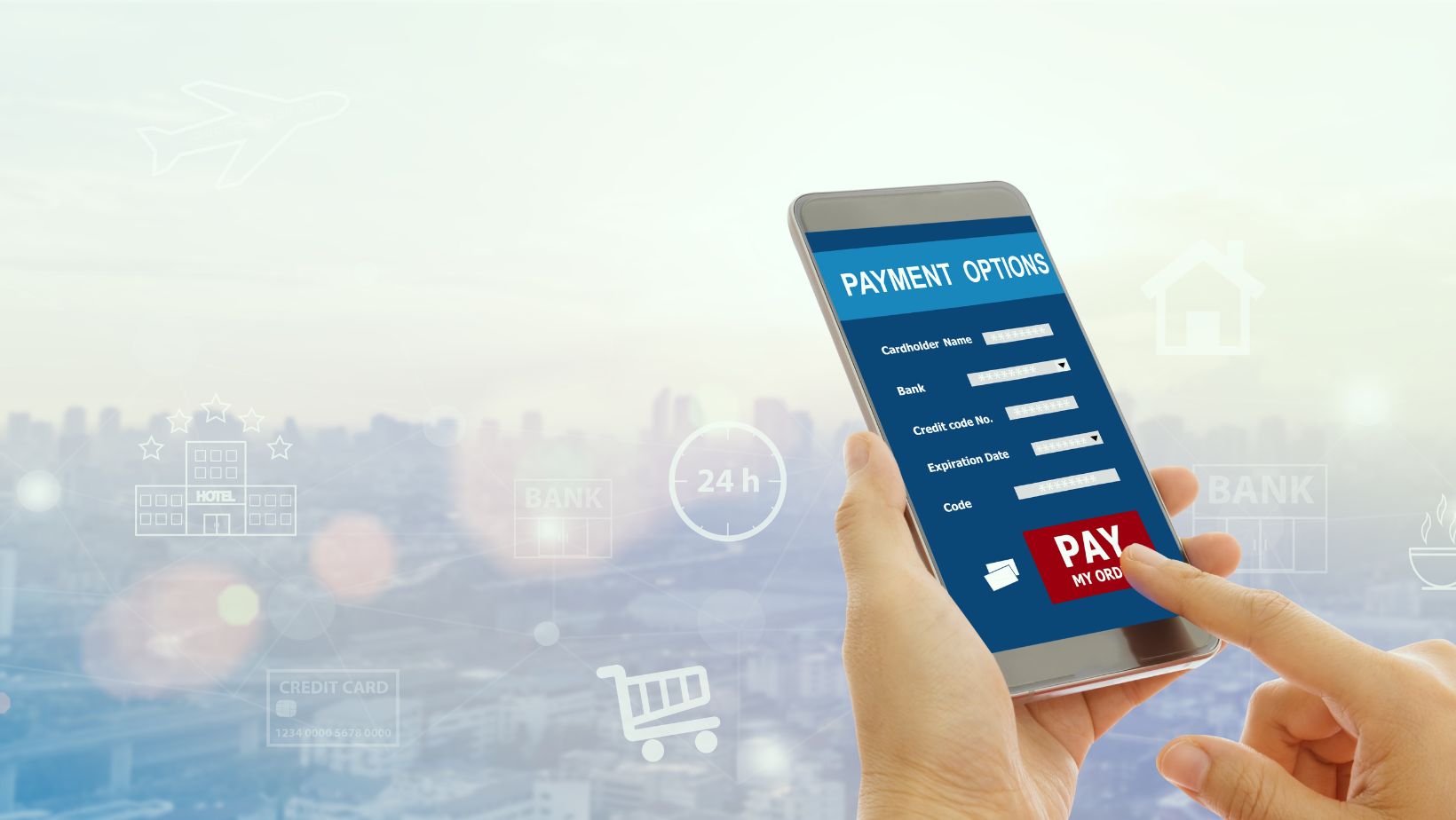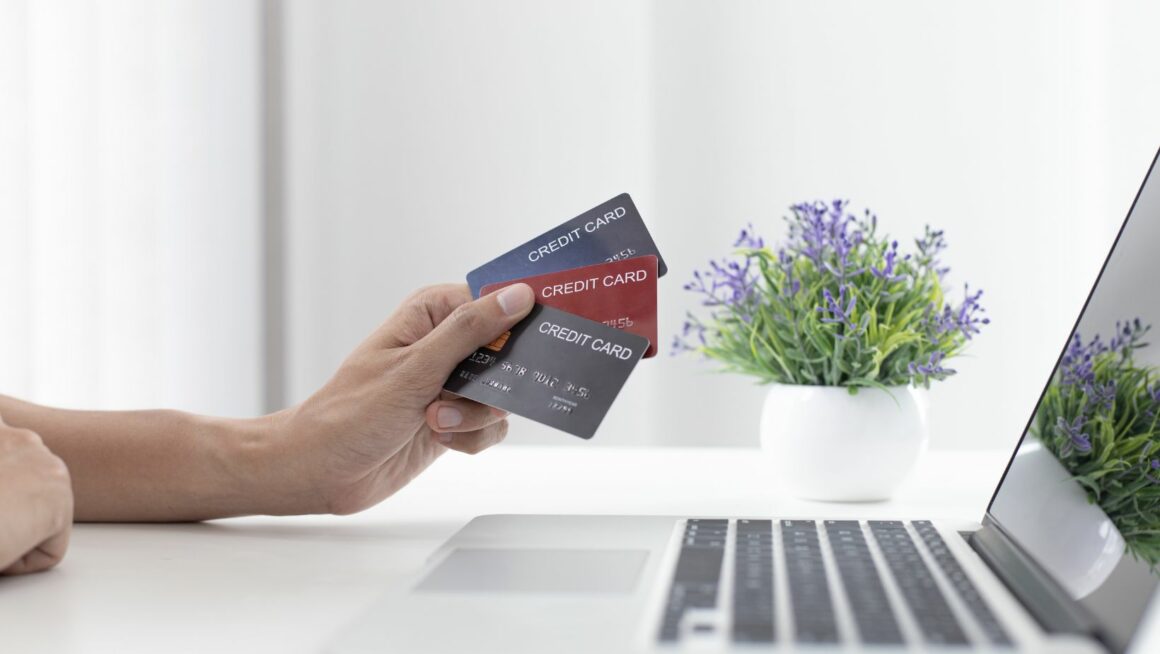In the modern world, where financial transactions are a daily occurrence, understanding the various types of payment methods available is essential. The evolution of payment systems has made it easier, faster, and more secure to conduct transactions, whether for personal or business purposes. From traditional methods like cash to cutting-edge digital solutions, each payment type offers unique advantages tailored to different needs. This article explores some prominent types of payments: cash payments, credit and debit card payments, and digital and mobile payments, highlighting their characteristics, benefits, and scenarios where they are most effective.
Cash Payments
Cash payments have been the foundation of commerce for centuries. Despite the rise of digital transactions, cash remains a widely accepted and preferred method, especially in small-scale transactions and areas where digital infrastructure is less developed. The primary advantage of cash payments is their immediacy; the transaction is completed as soon as the cash is exchanged, with no waiting period for funds to be processed or transferred. This makes cash particularly useful in situations where quick, final settlement is needed, such as in retail environments or for services like tipping.
Moreover, cash payments provide a level of anonymity and privacy that digital methods cannot match. There is no digital footprint, which can be a significant benefit for those who value privacy. However, cash transactions also have their drawbacks, such as the risk of theft, loss, and the inconvenience of carrying large amounts of money. Additionally, in a world increasingly moving toward cashless transactions, the reliance on cash can be limiting, especially as more businesses and services shift to digital-only payment options.
Credit and Debit Card Payments
Credit and debit card payments have revolutionized how we conduct transactions, offering a blend of convenience, security, and flexibility. These payment methods are accepted globally, making them an essential tool for both domestic and international transactions. Credit cards, in particular, offer the added advantage of credit, allowing consumers to make purchases even when they do not have immediate funds available, with the flexibility to repay over time. Debit cards, on the other hand, deduct funds directly from the user’s bank account, helping users manage their finances by ensuring they spend within their means.

The security features associated with card payments are another significant benefit. From chip-and-pin technology to contactless payments, these methods are designed to reduce fraud and increase transaction security. Furthermore, credit cards often come with additional perks, such as reward points, cash back, and travel benefits, making them attractive to consumers looking to maximize the value of their spending. However, these benefits come with potential risks, including the possibility of accumulating debt and the threat of card information theft if not managed properly. Despite these challenges, the convenience and security offered by card payments make them a preferred choice for many consumers and businesses.
Digital and Mobile Payments
Digital and mobile payments represent the latest evolution in payment methods, driven by advancements in technology and the growing preference for cashless transactions. Services like PayPal, Apple Pay, and Google Wallet have made it easier than ever to send and receive money with just a few taps on a smartphone. These platforms offer unparalleled convenience, allowing users to make payments online, in-app, or in-store without needing physical cards or cash. Mobile payments are particularly popular for online shopping and are increasingly accepted in brick-and-mortar stores, reflecting the shift towards a more digitally integrated economy.
One of the key benefits of digital and mobile payments is their speed and efficiency. Transactions are processed in real time, making them ideal for situations where quick payment is necessary. Additionally, these methods often come with enhanced security features, such as biometric authentication, which adds an extra layer of protection against fraud. However, the reliance on technology also brings challenges, such as the need for internet access and the risk of cybersecurity threats. As digital payments become more widespread, it is essential for users to stay informed about best practices for protecting their information. Despite these challenges, digital and mobile payments are poised to become the dominant form of transaction, particularly as society moves toward a cashless future.
Streamlining Recurring Payments
In the era of digital services, subscription billing has become a critical payment method for businesses offering recurring services, from streaming platforms to software as a service (SaaS). Simplified subscription billing systems allow businesses and consumers to manage subscriptions efficiently, ensuring that payments are processed automatically on a regular basis without the need for manual intervention. This system not only enhances convenience for consumers, who can set up and forget about payments but also provides businesses with a steady and predictable revenue stream. The automation of billing reduces the risk of missed payments, enhances customer satisfaction, and allows businesses to focus on growth rather than payment collection. As subscription models continue to gain popularity, simplified billing systems are becoming an integral part of the modern payment landscape, seamlessly integrating with digital and mobile payment platforms to offer a smooth and reliable transaction experience.
The Role of Cryptocurrency in Modern Payments
Cryptocurrency is an emerging player in the payment landscape, offering a decentralized alternative to traditional currencies. Bitcoin, Ethereum, and other digital currencies are gaining traction as viable payment methods, particularly for online transactions. One of the main advantages of cryptocurrency payments is the elimination of intermediaries like banks, which can reduce transaction fees and processing times.

This direct peer-to-peer transaction method appeals to users who prioritize privacy and security, as blockchain technology ensures transparency and immutability of transactions. However, the volatility of cryptocurrency values and regulatory uncertainties pose challenges to its widespread adoption. Despite these obstacles, cryptocurrency is gradually being accepted by more businesses, reflecting its growing influence in the global financial ecosystem.
The Impact of Purchase Now, Pay Later (BNPL) Services
Buy Now, Pay Later (BNPL) services have revolutionized consumer spending by allowing customers to make purchases immediately and pay for them over time in installments. This payment method has gained immense popularity, particularly among younger consumers, due to its flexibility and interest-free payment options. BNPL services bridge the gap between traditional credit cards and installment plans, offering a user-friendly alternative that requires minimal approval processes. Retailers benefit from BNPL by attracting more customers and increasing sales as the barrier to purchase is lowered. However, there are concerns about the potential for consumers to overspend and accumulate debt, as BNPL can encourage impulse buying. Despite these concerns, BNPL services have become a significant force in the payment landscape, offering a new way for consumers to manage their finances and make larger purchases more accessible.
The evolution of payment methods reflects the dynamic nature of the global economy, where convenience, security, and flexibility are paramount. From traditional cash payments to cutting-edge digital solutions like cryptocurrency and Buy Now, Pay Later services, each payment method offers distinct benefits and challenges. As businesses and consumers navigate these options, the ability to choose the right payment method for each situation becomes increasingly important. Whether managing subscriptions or exploring new ways to pay, staying informed about the latest trends in payment systems is crucial for making the most of the available financial tools in this rapidly changing world.



